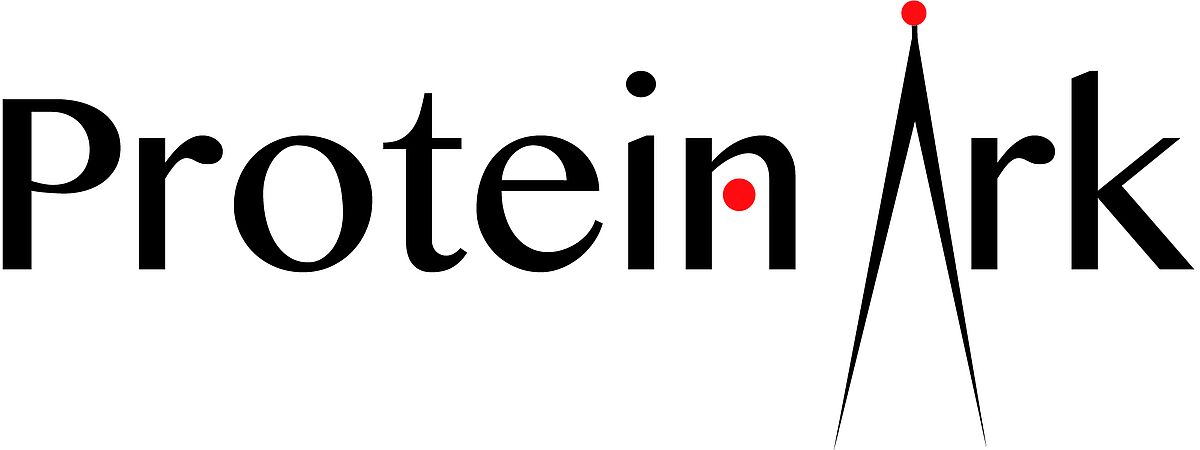Protein purification methods vary in terms of the protein properties they exploit, the resolution they provide, and the scale at which they operate. Here, we look at some of the main approaches and highlight some of the technologies available to researchers.
What is protein purification?
Protein purification is the process of isolating one or several proteins from a heterogeneous mixture. It allows for studying protein structure and function, including how proteins interact with different binding partners. It also has utility for antibody production, drug development, and a broad range of diagnostic and clinical applications.
What are the main steps in a protein purification workflow?
A typical protein purification workflow begins with identifying the protein source. This is often a cell or tissue type in which the protein occurs naturally. Alternatively, the target of interest may be produced recombinantly in a host cell line. In this scenario, proteins are often engineered to express a fusion tag at the N- or C-terminus that can facilitate their isolation and detection.
Next, the cells must be disrupted to release the protein content. Mechanical methods include homogenization and sonication, while non-mechanical approaches encompass the use of detergents and organic solvents. Method selection depends on the sample type and the target of interest, but should always use appropriate buffers, protease inhibitors, and other agents to prevent protein degradation and maintain solubility.
Once the protein is in solution, it can be purified, as discussed below. Following this, protein characterization and analysis are performed with methods including SDS-PAGE, mass spectrometry, X-ray crystallography, and various functional assays.
Protein purification methods
Protein purification methods exploit properties including solubility, size, charge, and molecular recognition to isolate targets of interest. The following are some of the main approaches:
Precipitation
Precipitation methods use salts, organic solvents or changes in pH to alter protein solubility and cause aggregation. Although these techniques can result in the coprecipitation of unwanted proteins, they are useful as an initial purification step, especially when working with large volumes.
Centrifugation
Centrifugation methods separate proteins based on density. While basic centrifugation is widely used for removing cellular debris from crude samples, techniques such as differential centrifugation and density gradient centrifugation allow for rough fractionation, often as part of a multi-step purification protocol.
Dialysis and ultrafiltration
Dialysis and ultrafiltration separate proteins by molecular weight, based on their ability to pass through a selectively permeable membrane. While dialysis involves passive diffusion, ultrafiltration uses pressure, usually centrifugal force, to drive protein movement. These methods are popular for desalting, buffer exchange, and concentrating protein solutions.
Chromatography
Chromatography methods separate a mixture of proteins in solution (the mobile phase) by how they interact with a solid support (the stationary phase). They include the following, many of which have been adapted for fast protein liquid chromatography (FPLC), a method that uses pumps to control the flow rate:
- Size exclusion chromatography (SEC) separates proteins by size as they pass through a column filled with porous beads. Larger proteins elute first as they skirt around the pores, whereas smaller proteins take longer to traverse the length of the column.
- Ion exchange chromatography (IEX) separates proteins according to their net charge at a specific pH, using a charged resin. Elution is performed by increasing the salt concentration or changing the pH of the buffer.
- Hydrophobic interaction chromatography (HIC) separates proteins based on hydrophobicity, using a high-salt binding buffer and a hydrophobic resin. Decreasing the salt concentration causes the least hydrophobic proteins to leave the column first, followed by their more hydrophobic counterparts.
- Affinity chromatography makes use of the specific interaction between a protein and its ligand, such as antibody binding to an antigen (e.g., a protein tag). Unlike SEC, IEX, and HIC, which typically form part of a multi-step purification protocol, affinity purification can often eliminate the need for additional purification strategies.
Common protein tags
Protein tags vary considerably in terms of size and how they are used for purification. For example, His-tags comprise just 6 to 10 histidine residues and allow for protein capture on a nickel-nitrilotriacetic acid (Ni-NTA) column, whereas glutathione S-transferase (GST) has a molecular weight of approximately 26 kDa and binds to a glutathione resin. Other common protein tags include the DYKDDDDK (FLAG®) tag, which requires an anti-FLAG resin for protein capture and thus tends to be reserved for small-scale purifications; maltose-binding protein (MBP), a popular crystallization chaperone that allows for protein purification with amylose resins; and Strep-tag®II, which binds to an engineered form of streptavidin, known as Strep-Tactin®.
Tools and technologies for protein purification
LubioScience represents some of the most trusted brands in life science research and works closely with our partners to offer high quality tools for protein purification. Our portfolio encompasses an extensive selection of loose resins, pre-filled columns (including FPLC columns), and ultrafiltration concentrators. In addition, we offer high-purity detergents and lipids for stabilizing or solubilizing proteins, as well as a range of Strep-tag® products for affinity-based applications.
Featured suppliers for protein purification

Protein Ark - protein sample preparation
Protein Ark offers a wide range of products for the purification and filtration of proteins, incl. chromatography, FPLC and spin columns, and affinity resins.

Anatrace - For membrane protein studies
Anatrace develops and supplies high-purity detergents, lipids and reagents for membrane protein studies.

IBA Lifesciences
IBA Lifesciences GmbH is a biotechnology company providing products for life science research in academia and industry. They develop high performance research tools for cell and protein isolation based on their proprietary Strep-tag® technology. Situated in Göttingen, Germany, they have built a network of worldwide distributors making their products available in over 40 countries across 5 continents.
